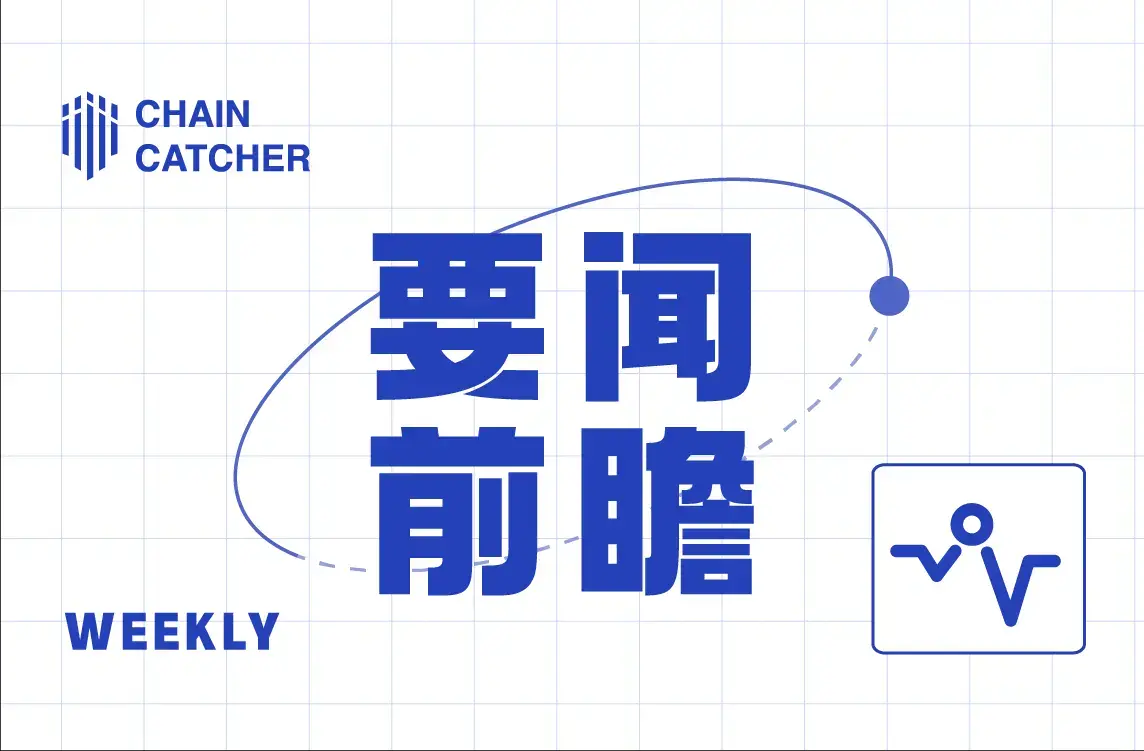An Overview of the Current Status of the StarkNet L2 Network and Its Ecological Projects
Written by: Blaukqin
Source: DeepChain

The main theme of the cryptocurrency industry in 2022 undoubtedly includes the participation of "L2 scaling solutions," with the Ethereum community early on shouting out the narrative tag #L222. Although there are already several L2 networks launched in the Optimistic Rollup technology camp, such as Arbitrum, Optimism, Metis, and Boba, ZK Rollup technology is still regarded as the best solution for scaling (with no challenge period and higher scalability). Currently, there are also ZK Rollup technology solutions like zkSync 1.0, Loopring, and Aztec launched, but they are mostly limited to specific application areas like transaction transfers and payments, and cannot yet achieve Turing-complete general computation.
The two most notable general-purpose ZK Rollups in the industry are zkSync 2.0 and StarkNet. The zkSync 2.0 public testnet just launched recently (on February 22), while the StarkNet Alpha version has been online for nearly 3 months.
In this article, we will attempt to interpret some relevant background knowledge about StarkNet for readers, while also sorting out the current ecological status of the StarkNet Alpha network.
Background: StarkWare, StarkEx, StarkNet, STARK
Many people may be confused by these four terms. Simply put, StarkWare is a company with two products:
•StarkEx: This is a scaling technology specifically applied to trading scenarios, currently used by several Ethereum projects, including dYdX, ImmutableX, Sorare, and DeversiFi.
•StarkNet: A general-purpose ZK Rollup scaling network.
So what about STARK? This brings us to zkSync. We all know that both zkSync and StarkNet are based on ZK Rollup technology, but what are the main differences between them? One of them is the zero-knowledge proof technology they use:
•SNARK (zkSync): Zero-Knowledge Succinct Non-interactive Argument of Knowledge. First proposed in 2012, it was soon adopted and implemented, possessing a technological first-mover advantage; the generated proofs are small enough, resulting in short verification times; it requires a trusted setup, which may produce "toxic waste."
•STARK (StarkNet): Zero-Knowledge Scalable Transparent Argument of Knowledge. A relatively new technology launched by the StarkWare team in 2018; the generated proofs are relatively large; the algorithmic computations are public and transparent, requiring no trusted setup, thus avoiding "toxic waste"; it is scalable.
Now, let's look at the overall internal theory of ZK Rollup (zkSync 2.0 vs StarkNet):
• From the perspective of the choice of zero-knowledge proof technology, each has its merits, and it is not yet possible to assert which is better; it depends on the actual online operation.
• From the perspective of development progress, StarkNet has already seen the mature application of StarkEx technology in major mainstream projects (dYdX), and the Alpha version network has been online for nearly 3 months, providing a clearer path for future development progress.
• From the perspective of developer experience, zkSync 2.0 seems to be more user-friendly compared to StarkNet, as zkSync 2.0 is EVM-compatible, allowing developers to use Ethereum's native programming language Solidity for development and construction, even enabling seamless migration and deployment of Ethereum mainnet projects. In contrast, StarkNet uses its unique high-level programming language and framework Cairo, which may be one of the important reasons why most of StarkNet's ecological projects are still in the early conceptual stage. However, StarkWare has recently developed a related Solidity → Cairo translator Warp 2.0, which basically achieves the vision of deploying Solidity contracts to the StarkNet network, effectively completing EVM compatibility.
In summary, the development of the StarkNet L2 network is something we should not miss and is worth long-term attention and participation.
Ecological Projects
Argent X
Argent X is currently the only browser extension wallet used to connect to the StarkNet network, similar to Metamask.
• Official website: https://www.argent.xyz/argent-x/
• Get test tokens: argentlabs.github.io/argent-x/
Voyager
Voyager is the blockchain explorer for the StarkNet ecosystem.
• Official website: https://voyager.online/
IBetYou
IBetYou is an on-chain P2P betting protocol where both parties send their stakes to a smart contract, and the funds are managed in AAVE. Two referees will adjudicate the betting results, with the winning party receiving the stake, while the referees and the protocol DAO earn the financial returns. Notably, IBetYou has already achieved multi-chain deployment, but currently only has a contract deployed on StarkNet for demonstration purposes.
• Official website: https://ibetyou.xyz/
Mint Square
Mint Square is an NFT platform based on StarkNet, currently offering a simple NFT creation feature.
• Official website: https://mintsquare.io/
Briq
Briq is a pixel block construction platform based on StarkNet, where users can claim 1000 pixel blocks for free to create combinations and then generate NFTs.
• Official website: https://briq.construction/builder
Bitmap Box
Bitmap Box is an on-chain pixel block construction game where users can purchase pixel blocks in the store and then assemble or disassemble their creations for freeform creation. Bitmap Box will also provide developers with an SDK to build new games based on the protocol.
• Official website: https://www.bitmapbox.xyz/
Dope Wars
Dope Wars is a pixel-style P2E game inspired by the famous "Drug Wars," featuring nostalgic elements reminiscent of the original "GTA." Key components of the game include Hustlers, DOPE NFTs, DOPE gear, and the native token $PAPER.
Dope Wars is not a native project on StarkNet; it previously completed NFT minting and distribution on the Ethereum mainnet, and the subsequent DOPE gear is also based on the Optimism L2 network. However, the project has now reached a certain level of cooperation with StarkWare and has received funding, aiming to develop based on StarkNet.
• Official website: https://dopewars.gg/
Influence
Influence is a large-scale multiplayer online strategy game set against the backdrop of the real asteroid belt and real-time orbital dynamics. It currently runs on the Ethereum mainnet and will migrate to StarkNet in the future.
• Official website: https://www.influenceth.io/
Loot Realms
Loot Realms is a Loot derivative project built on StarkNet, based on the PVP resource plundering game of Lootverse, where each NFT represents a separate "realm" with different resource combinations and terrain features.
• Official website: https://bibliothecadao.xyz/
NFTflow
NFTflow is a platform built on StarkNet to create liquidity markets for non-liquid assets NFTs. It is currently in development, and the official website is not yet online, only having documentation available.
• Official documentation: https://nftflow.gitbook.io/nftflow/
The Ninth
The Ninth is a metaverse game built on StarkNet where players can purchase in-game land and generate various in-game elements and items, offering a variety of gameplay.
• Official website: https://ninth.gg/
Phi (Φ)
Phi Φ is a metaverse game built on StarkNet, where users can bind their ENS domain names to specific land coordinates to generate land, and can also claim various items based on their on-chain activity data. Its main purpose is to map users' on-chain activities into the metaverse game. Phi won the ENS sponsorship award at NFTHACK 2022.
• Twitter: https://twitter.com/phi_xyz
Playoasis
Playoasis is an NFT trading market built on StarkNet.
• Official website: https://testnet.playoasis.xyz/
FujiDAO
FujiDAO is a lending aggregator with features like automatic refinancing to find lower borrowing rates. It is currently online on the Ethereum mainnet and Fantom, with plans to launch on StarkNet in the future.
• Official website: https://www.fujidao.org/#/
JediSwap
JediSwap is an AMM built on StarkNet, where anyone can create new trading pairs, and developers can further build on top of JediSwap.
• Testnet: https://app.testnet.jediswap.xyz/#/swap
Myswap
Myswap is an AMM built on StarkNet.
• Official website: https://www.myswap.xyz/#/
StarkSwap
StarkSwap is a DeFi platform built on StarkNet, with its first product being an AMM, and more DeFi products planned for the future.
• Official website: https://www.starkswap.co/
ZigZag
ZigZag is an order book model DEX that has already launched on zkSync and plans to support StarkNet.
• Official website: https://trade.zigzag.exchange/
xBank
xBank is a money market built on StarkNet, similar to AAVE.
• Official website: https://www.xbank.finance/
zkLend
zkLend is a money market built on StarkNet, characterized by providing differentiated services for institutional clients and ordinary DeFi customers while ensuring decentralization.
• Official website: https://zklend.com/
ZkPad
zkPad is a launchpad built on StarkNet.
• Official website: https://zkpad.io/
ZKX
zkx is a perpetual contract exchange built on StarkNet, optimized for off-chain asset trading and gamified user experience.
• Official website: None
Serity
Serity is a synthetic asset minting and trading protocol.
• Official website: https://serity.finance/










